Courses Infomation
Market Risk Analysis Vol. III. Pricing, Hedging and Trading Financial Instruments by Carol Alexander

Market Risk Analysis Vol. III. Pricing, Hedging & Trading Financial Instruments by Carol Alexander
Forex Trading – Foreign Exchange Course
You want to learn about Forex?
Foreign exchange, or forex, is the conversion of one country’s currency into another.
In a free economy, a country’s currency is valued according to the laws of supply and demand.
In other words, a currency’s value can be pegged to another country’s currency, such as the U.S. dollar, or even to a basket of currencies.
A country’s currency value may also be set by the country’s government.
However, most countries float their currencies freely against those of other countries, which keeps them in constant fluctuation.
Written by leading market risk academic, Professor Carol Alexander, Pricing, Hedging and Trading Financial Instruments forms part three of the Market Risk Analysis four volume set. This book is an in-depth, practical and accessible guide to the models that are used for pricing and the strategies that are used for hedging financial instruments, and to the markets in which they trade. It provides a comprehensive, rigorous and accessible introduction to bonds, swaps, futures and forwards and options, including variance swaps, volatility indices and their futures and options, to stochastic volatility models and to modelling the implied and local volatility surfaces.
All together, the Market Risk Analysis four volume set illustrates virtually every concept or formula with a practical, numerical example or a longer, empirical case study. Across all four volumes there are approximately 300 numerical and empirical examples, 400 graphs and figures and 30 case studies many of which are contained in interactive Excel spreadsheets available from the the accompanying CD-ROM . Empirical examples and case studies specific to this volume include:
- Duration-Convexity approximation to bond portfolios, and portfolio immunization;
- Pricing floaters and vanilla, basis and variance swaps;
- Coupon stripping and yield curve fitting;
- Proxy hedging, and hedging international securities and energy futures portfolios;
- Pricing models for European exotics, including barriers, Asians, look-backs, choosers, capped, contingent, power, quanto, compo, exchange, ‘best-of’ and spread options;
- Libor model calibration;
- Dynamic models for implied volatility based on principal component analysis;
- Calibration of stochastic volatility models (Matlab code);
- Simulations from stochastic volatility and jump models;
- Duration, PV01 and volatility invariant cash flow mappings;
- Delta-gamma-theta-vega mappings for options portfolios;
- Volatility beta mapping to volatility indices.
What is forex?
Quite simply, it’s the global market that allows one to trade two currencies against each other.
If you think one currency will be stronger versus the other, and you end up correct, then you can make a profit.
If you’ve ever traveled to another country, you usually had to find a currency exchange booth at the airport, and then exchange the money you have in your wallet into the currency of the country you are visiting.
Foreign Exchange
You go up to the counter and notice a screen displaying different exchange rates for different currencies.
An exchange rate is the relative price of two currencies from two different countries.
You find “Japanese yen” and think to yourself, “WOW! My one dollar is worth 100 yen?! And I have ten dollars! I’m going to be rich!!!”
When you do this, you’ve essentially participated in the forex market!
You’ve exchanged one currency for another.
Or in forex trading terms, assuming you’re an American visiting Japan, you’ve sold dollars and bought yen.
Currency Exchange
Before you fly back home, you stop by the currency exchange booth to exchange the yen that you miraculously have left over (Tokyo is expensive!) and notice the exchange rates have changed.
It’s these changes in the exchange rates that allow you to make money in the foreign exchange market.
Salepage : Market Risk Analysis Vol. III. Pricing, Hedging and Trading Financial Instruments by Carol Alexander
About Author
Carol Alexander
Carol Alexander is Professor of Finance at Sussex University Business School, Visiting Professor at Peking University HSBC Business School and Co-Editor of the Journal of Banking and Finance. Her current research focusses on practical and regulatory issues with cryptocurrency derivatives markets, such as information flows to and from unregulated exchanges, their novel market mechanisms such as auto deleveraging, and the design of tradable indexes. With Douglas Cumming (Florida University) she edited the book ‘Corruption and Fraud in Financial Markets: Malpractice, Misconduct and Manipulation (Wiley, 2020). She also publishes widely on a broad range of other topics in quantitative finance, including risk management, asset pricing, benchmarking and indexing. She is sole author of the best-selling 4-volume text ‘Market Risk Analysis’ (Wiley, 2008). She holds two patents (with NYSE) for pricing and hedging active ETFs. From 2010 – 2012 Carol was Chair of the Board of the Professional Risk Manager’s International Association. She holds degrees from the University of Sussex and the London School of Economics and she has held several positions in financial institutions: Fixed Income Trader at UBS/Phillips and Drew (UK); Academic Director of Algorithmics (Canada); Director of Nikko Global Holdings and Head of Market Risk Modeling (UK); Risk Research Advisor, SAS (USA). Recently, she designed and implemented the first live-streamed bitcoin implied volatility index (for CryptoCompare, the cryptocurrency data provider).

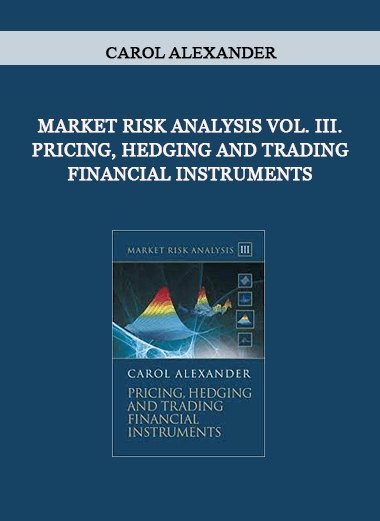


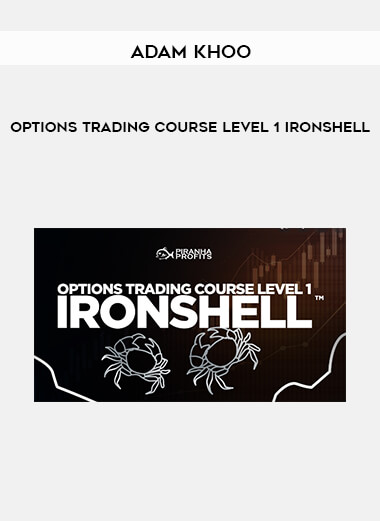

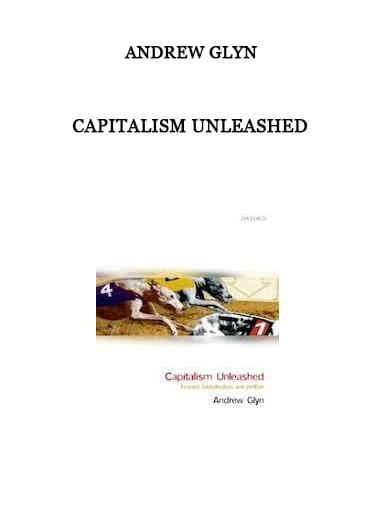
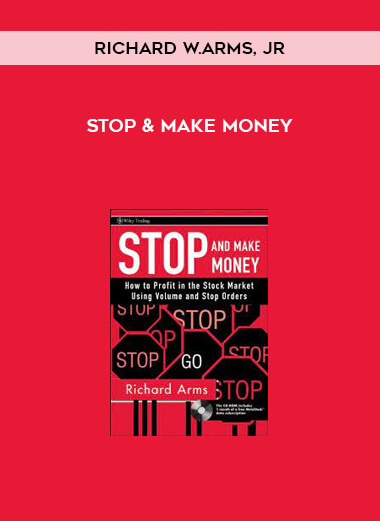



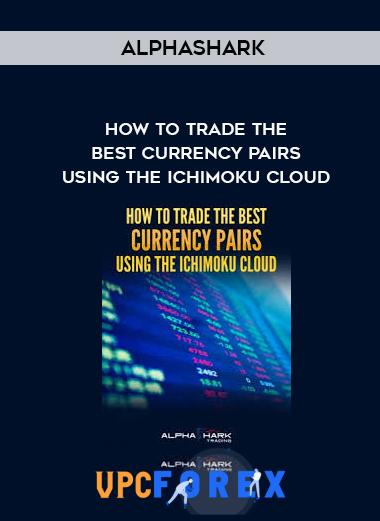



















Reviews
There are no reviews yet.